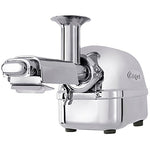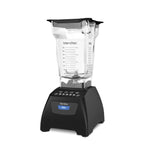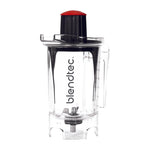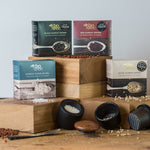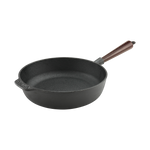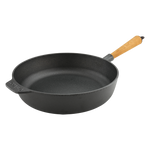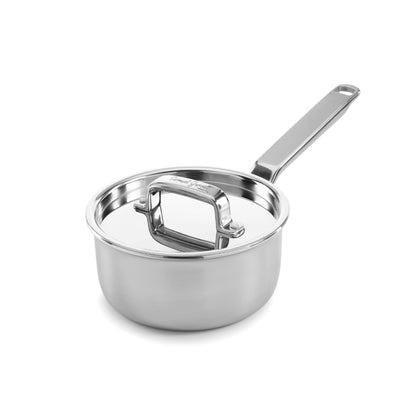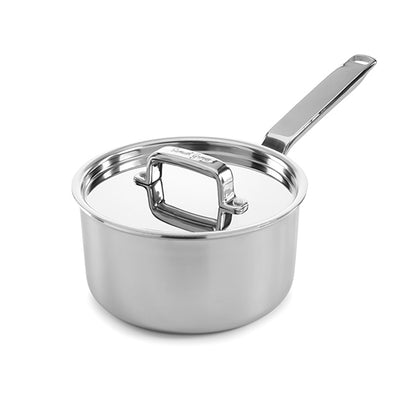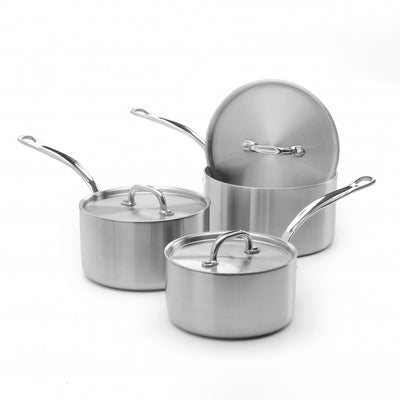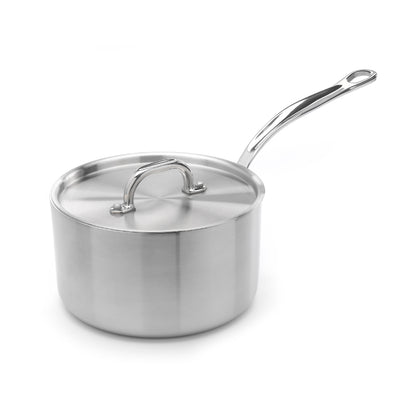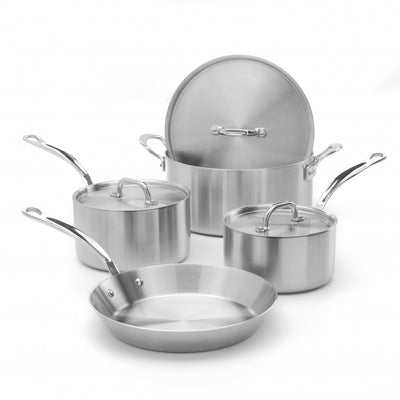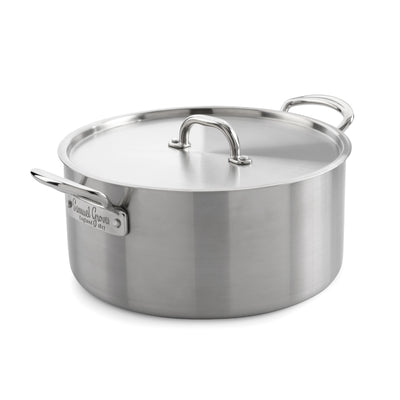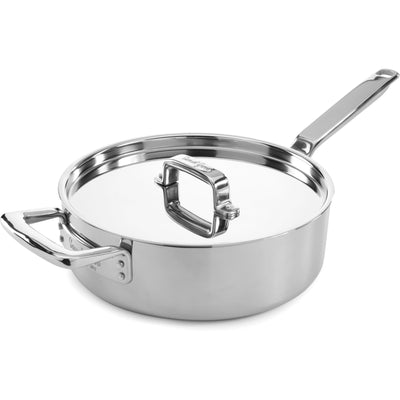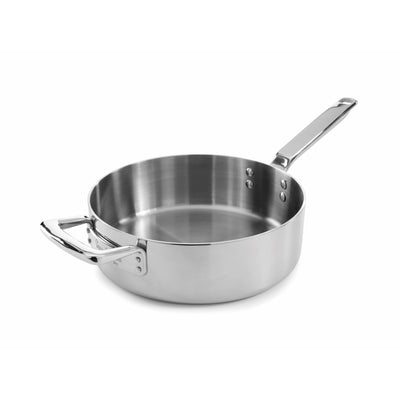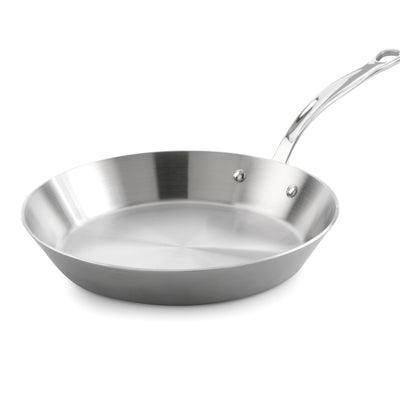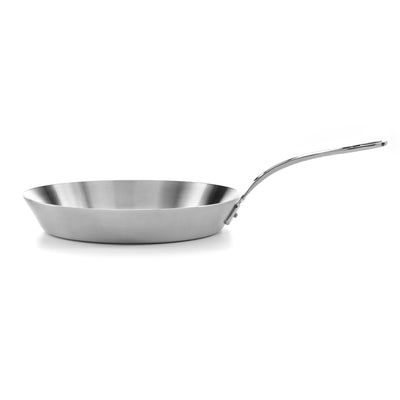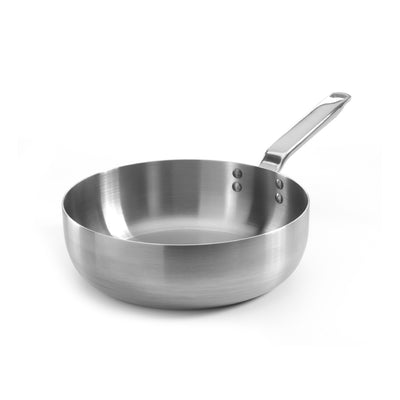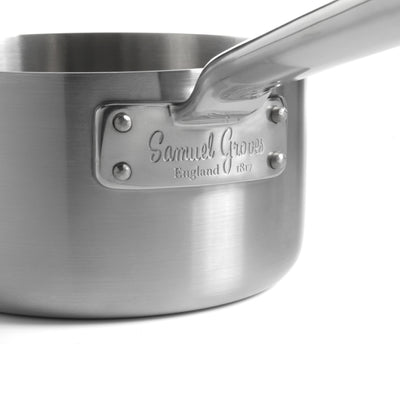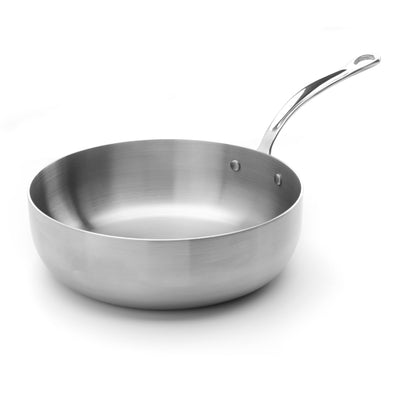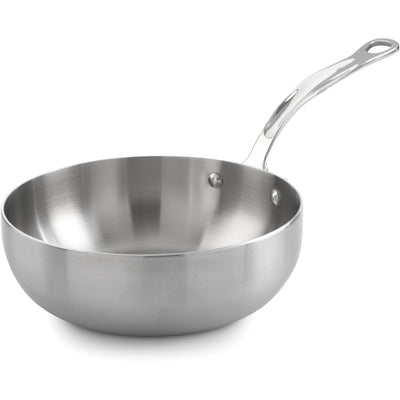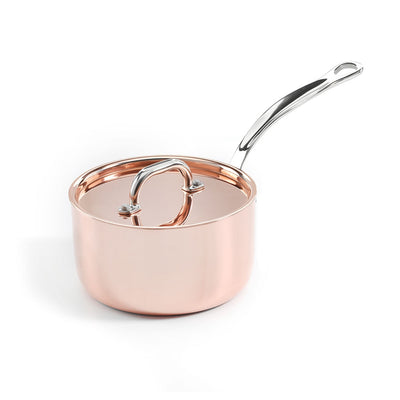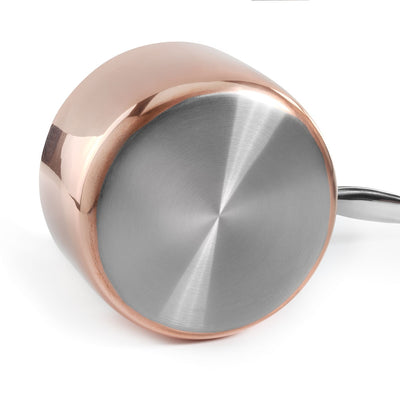Tri-Ply Stainless Steel Cookware
Before first use
Before use, remove all labels from the product and wash it in warm soapy water. Rinse with clean water and dry thoroughly.
Cooking
Thanks to its three layer structure, stainless steel tri-ply pans distribute heat quickly and evenly, and require a lower temperature for most types of cooking, including frying and searing. Use only medium and low heat for the best cooking performance, as overheating might result in food sticking on the cooking surface of the pan. We also recommend using a drop of oil or fat to further minimise this occurrence.
Do not overheat a pan when empty, and never allow a pan to boil dry. Damage from overheating is instantly recognisable as the stainless-steel surface may change colour producing a golden/brown/blue appearance. This change is not reversible and cannot be cleaned off, but the pan’s performance is not affected, and it can be used as usual.
The handles are designed to stay cool during use, although they can get hot under certain conditions. Always select the appropriate hob ring to match the pan’s base size so that the heat touches only the bottom of the pan and handles are not in direct contact with heat or flames. Use a dry oven glove or cloth when handling a hot pan or lid during and after cooking and when removing a pan that has been in the oven for any amount of time. On any glass-topped hobs, always lift the pan when moving and never slide the pan across the surface, as this may cause damage to the base of the pan and the hob.
If using salt, always add it to hot cooking liquid or food so it can dissolve quickly. Never add directly to the stainless steel interior as it may cause pitting or marking.
To avoid damage to the stainless steel surface, do not use pans to store raw, marinating or cooked foods.
Cleaning
We recommend washing your stainless-steel tri-ply cookware by hand.
Allow the pans to cool before cleaning, rinse off any excess food and then soak in warm soapy water. Use a sponge or soft cloth to clean the interior and exterior surfaces. Rinse with warm water and dry immediately to prevent spotting.
Do not fill a hot pan with cold water or plunge it into cold water, as sudden temperature changes may cause warping.
Do not use wire wool or any other metal-based scrubbers.
Pans can be washed in the dishwasher only periodically, as prolonged dishwasher use can damage the cookware permanently.
If the cookware is insufficiently clean following regular hand-washing, repeat the cleaning process using a non-abrasive, non-chlorine powder cleanser. Follow the manufacturer’s directions for use.
For more stubborn stains, make a paste by adding a few drops of water to the cleanser, apply on stainless steel surface, remove after 1 minute and rinse well in warm water.
Dry thoroughly once clean.
Please note that not following our instructions of use may invalidate any claims against the manufacturer’s guarantee.










